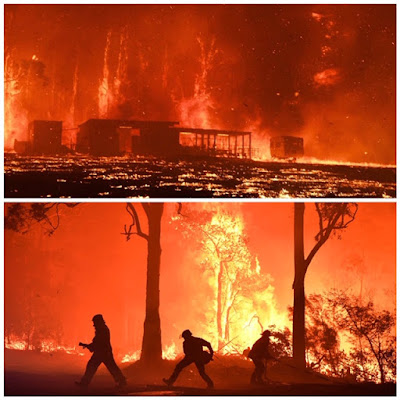From our experience there are three potential problems.
One of these is the caterpillar of the vine hawk moth (Hippotion celerio). They are a grey green colour with a spine on the upper rear end of the body and grow to about 6cm. They can cause rapid defoliation.
Because of their colour they are hard to spot but during routine inspections of the vines a trained eye can see activity on the leaves.
Because of their colour they are hard to spot but during routine inspections of the vines a trained eye can see activity on the leaves.
The grapevine moth caterpillar (Phalaenoides glycine) grows to about 5cm and is black with transverse white markings and several red spots. It is easier to notice. These can also quickly defoliate vines if not controlled.


By not spraying for insect pests on a regular basis we have allowed a population of natural predators to build up in the vineyard. These include shield bugs, lacewings, ladybirds, wasps and spiders.
If we needed to spray we would always select the biological control Bacillus thuringiensis (BT) eg. Dipel, as it selectively kills caterpillars and does not harm their predators.
Chemical sprays such as carbamates and organophosphates would soon wipe out any populations of natural enemies.
Another potential pest is the blister mite (Colomerus vitis). They are about 0.2mm long and cannot be seen with the naked eye. They live on the underside of the leaves and produce blister like galls which bulge from the upper surface.

Luckily the application of wettable sulphur for powdery mildew also controls the mite.
Even if it didn’t, there are predatory mites which build up in an insecticide free vineyard who take care of the problem eg. Typhlodromus doreenae.
Leaf galling can have a detrimental affect on the growth of young vines but is little consequence on mature vines.
The sight of leaf galls could frighten the inexperienced grape grower who might think this is a sign of grape phylloxera (Daktulosphaira vitifolii) which is regarded as the world’s worst grape pest.
This aphid like insect is a native of North America that lives in and feeds on the roots of native American grapes of which there are about 20 species. These eg. Vitis riparia, V.rupestris, V.labrusca, V.berlandiera have become resistant to the insect over thousands of years.
Unfortunately the European grape (Vitis vinifera) is not resistant and the importation of the pest into Europe in the mid 1800’s all but wiped out the wine industry in the Old World at that time.
It came to Australia too but has been confined to certain areas of the country eg. Rutherglen, King Valley, Goulburn Valley, Corowa and the Sydney basin.
We are just south of Sydney and our wine growing region has been inspected many times by the Department of Agriculture over the last few years and we have basically been given the all clear and are designated a phylloxera free zone.

Phylloxera can reduce productivity and eventually kill a vineyard in a very short time. Nymphs feed on the roots which form fleshy yellow galls. These cut off the nutrient flow to the vine. Unlike its native host, leaf galls seldom form on the European grape so root inspection to a depth of 0.5m is required in suspect areas mainly from November to March.
There is no known economic cure.
Vineyards in infested areas survive by grafting Vitis vinifera scions onto American grape rootstock.
There is a concerted effort Australia wide to prevent the pest from spreading, so far, successful. Although it will only spread naturally to around 2km, man’s activity is the main danger with it being spread by the illegal transfer of plant material, on fruit, on machinery, on harvest equipment and even tourists’ shoes and cars.
Quarantine and disinfection rules apply to infested areas and there is a constant vigil by growers outside these areas to put in place procedures that minimise the threat.
In this area many vineyards have set up exclusion zones with signs up asking people not to walk among the vines and the reason why. There seems to be almost 100% acceptance of this “rule”.

































































